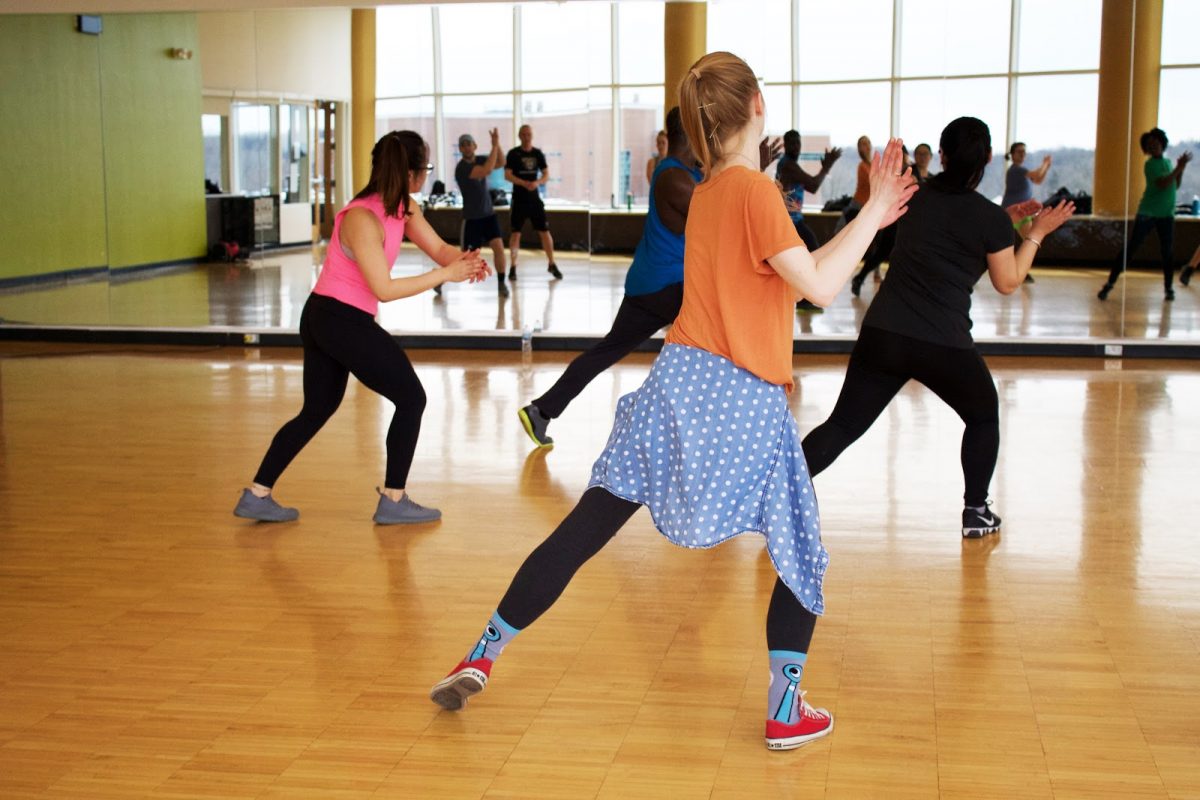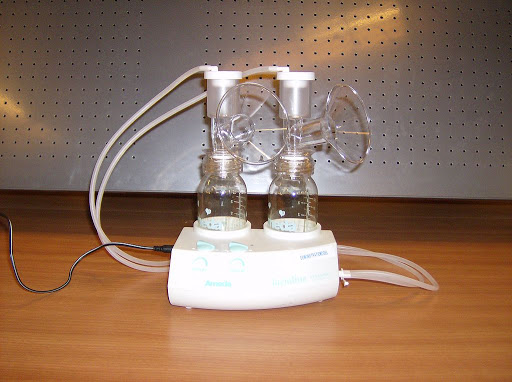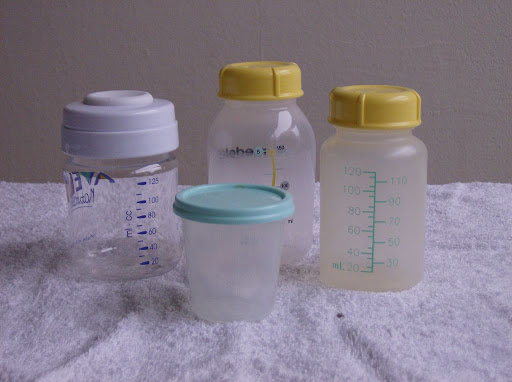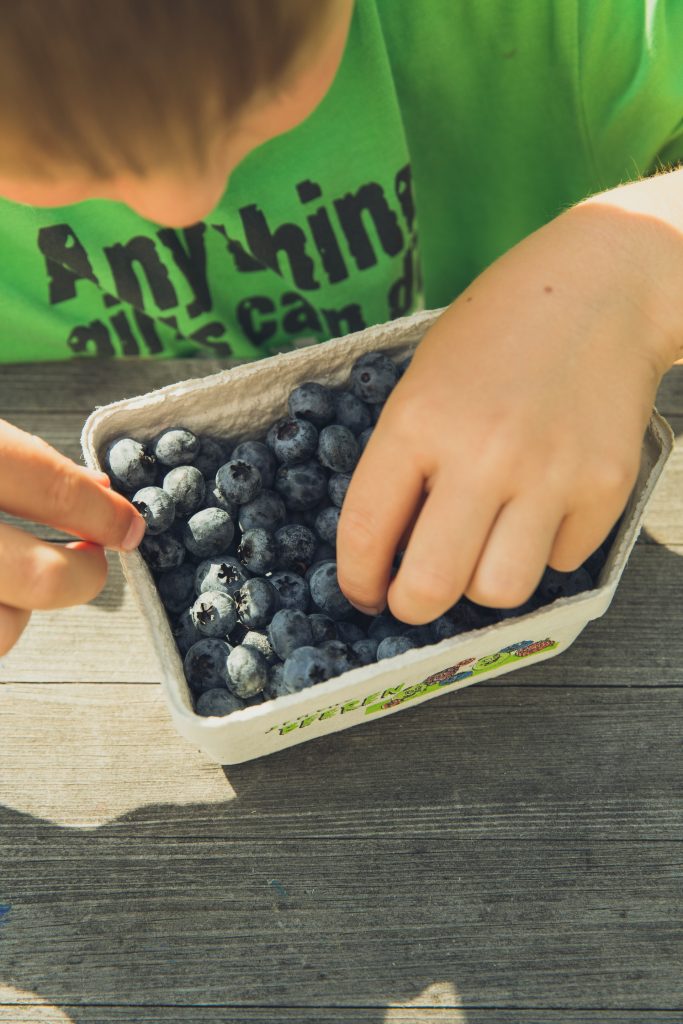All mothers to be can’t wait for their babies to come to this world. However, even though beautiful, pregnancy can sometimes be tough on the woman’s body and self-esteem. Luckily, if you’re a mom-to-be, you can rely on some stylish clothes to style your baby bump and still feel and look amazing. So, go through your wardrobe or get the new pieces and style that baby bump relying on these tips.
Use Loose Fitting Clothes and Busy Patterns
Loose-fitting pieces for the beginning of your pregnancy. Even though there isn’t a bump you still might feel a bit bloated and you might want to hide that and provide a bit more comfort. You can rely on loose-fitting tops or go for a flowy dress and these clothes will help you feel comfier and help you feel less self-conscious about looking bloated. Additionally, clothes with busy patterns will also help you hide any undesirable bulges that aren’t really a baby bump yet.
Maternity Tops
Maternity tops are a way better option for styling your baby bump than the regular shirts. This is because they are ruched at the sides which will help you highlight your bump while still keeping your silhouette. A regular shirt will only make you look large and bloated and it will provide no silhouette. So, it’s safe to say that maternity tops will become your best friend and they are really comfy.
Flowy Maxi Dresses
Unless you have your baby bump during the winter, you can rely on maxi dresses. They are flowy, they are not restraining and you won’t feel bloated and huge. Rather, you will have room for moving, while your baby bump will be accentuated and you will simply look gorgeous. What is more, you can add some accessories to your maxi dress, such as a nice scarf or some simple romantic jewelry and wear the outfit on a date night with your SO.
Ruching All the Way
Just like maternity tops, any piece of clothing with ruching on the sides is simply awesome for your growing baby bump. Not only will such clothes provide some extra space for the bump, but they will help you highlight your bump, instead of just making it look frumpy. What is more, ruching is a pretty trendy style, so it won’t be hard to find various options that are non-maternity clothes.
Knotted Tops Over Dresses
If you want to look a bit more chic while carrying your child for nine months, you should opt for this combination. Depending on which trimester you’re in, you can pick a maternity or non-maternity dress and throw a stylish top over it. Then put the end of the top in a knot, right above your bump and you are ready. This will help you create an illusion of an empire waist which will nicely highlight your baby bump. Plus, this combo can make a non-maternity dress appear more flattering with your bump and you will simply feel and look amazing.
Maternity Jeggings are a Must
Everyone puts on their baby weight in different places, but the most common one is on your upper legs. This will make wearing any of the maternity pants and even dresses a bit too difficult and you need something comfy. That is why you should invest in a couple of pairs of maternity jeggings. With these, you will extra space, they won’t tear that easily and nothing will be too tight. Plus, you can easily pair these with any top of your choice and always look stylish.
Your baby bump is growing more and more with each week, and it may make you feel uncomfortable and bloated from time to time. However, if you know which clothing pieces to focus on, you can easily style your baby bump and feel amazing all the time. So, check out these tips, find your favorite outfits and enjoy every trimester.



















